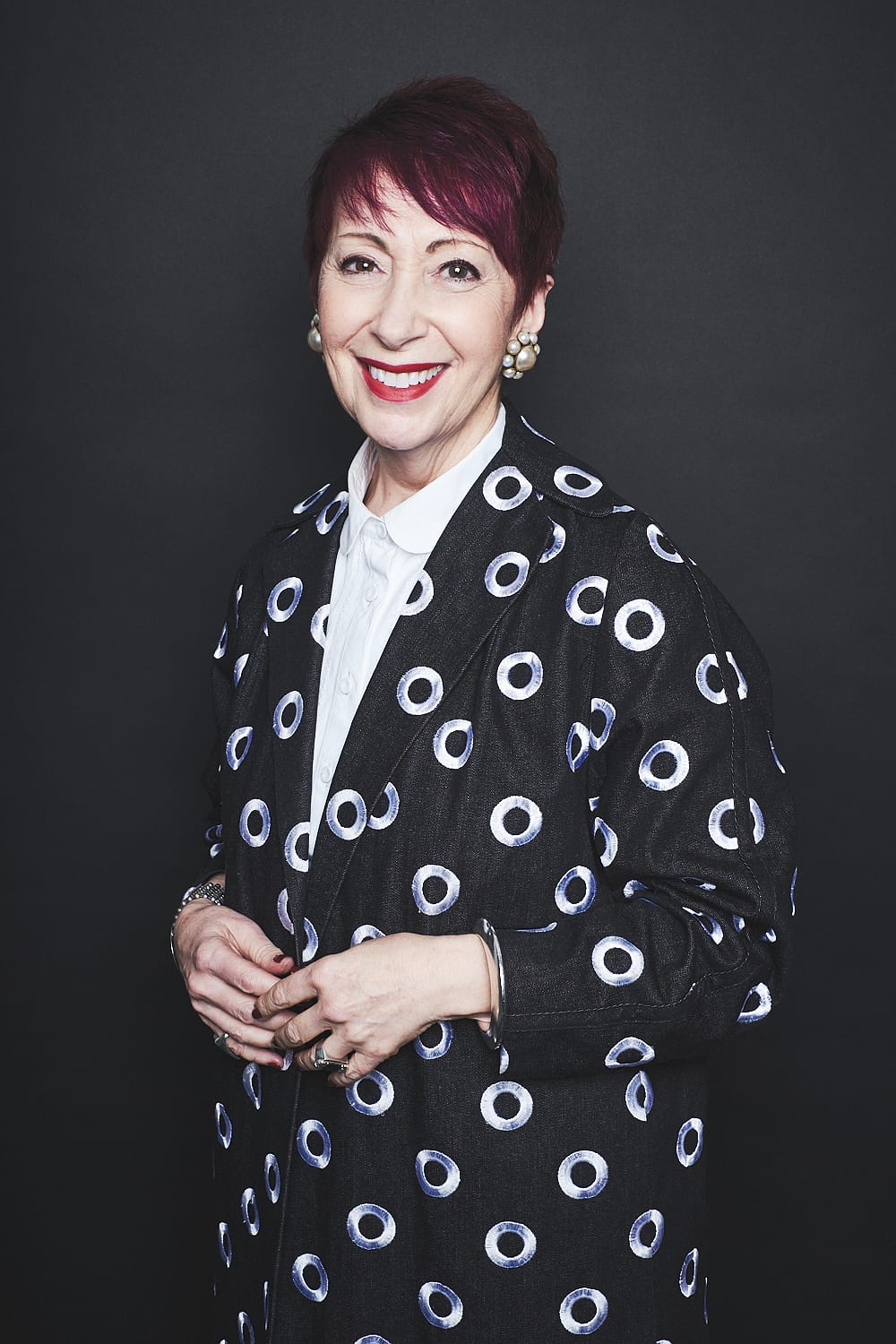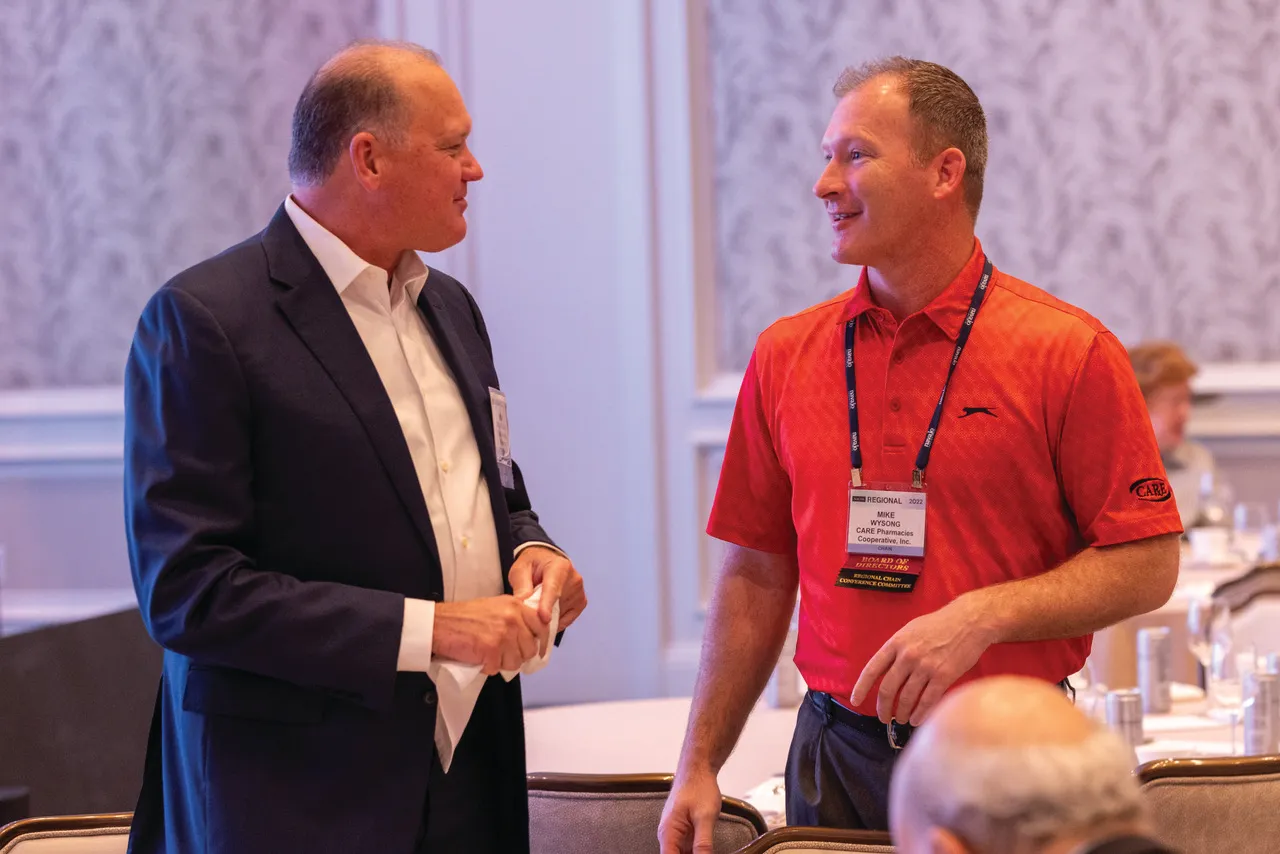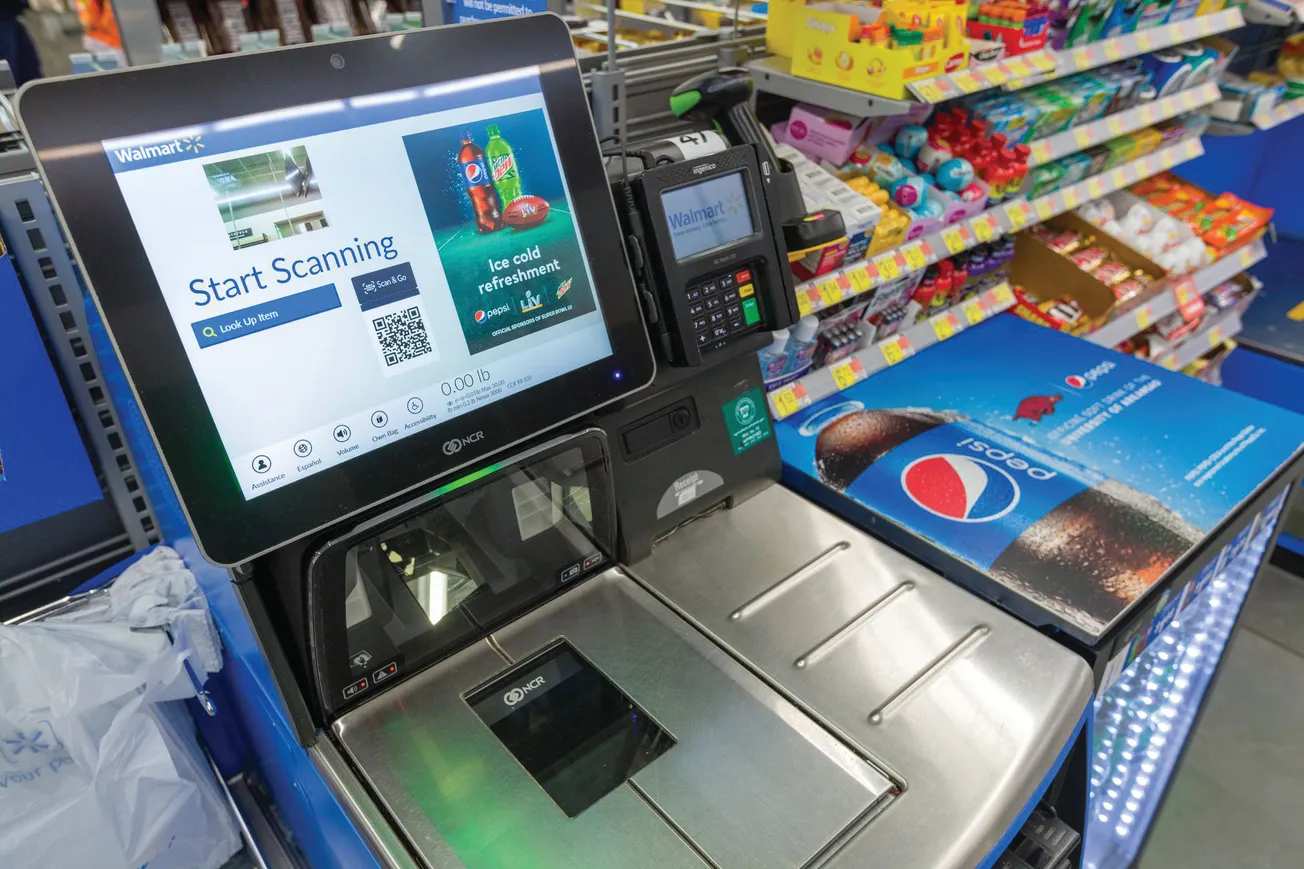One of the key insights coming out of our latest How America Shops research is how much people’s trust has been eroded over the last several years. I suppose that shouldn’t be

Wendy Liebmann
a surprise in this day and age when the world is in such turmoil. However, we can’t only blame politicians and bankers and large institutions. We can’t only blame the pandemic. We need to look closer to home, to our brands, our marketing practices, our retail to understand not only why our consumers and shoppers are losing faith, but also why and what they expect from us in the future.
Americans are clearly struggling with many things which are impacting who they trust and why. Yes, it’s the vestiges of the pandemic, and the uncertainty that remains even today. Add to that everyday concerns about inflation, rising interest rates, the “what ifs” of the new banking crisis, the latest cutbacks by many large companies, and even the continuing arguments about remote or in-person work. It’s no surprise that people are anxious, distracted and distrusting.
Four out of 10 in our national research surveys tell us the No. 1 health condition they are dealing with is anxiety and depression. That number increases dramatically to six out of 10 younger people (Gen Z). Yes, you read that right: The majority of younger consumers are struggling emotionally. Then there’s exploding financial anxiety. Nine out of 10 of the total population tell us they expect prices to remain high or continue to increase. Many are cutting back their spending every day just to pay for basics, especially younger households with kids. While none of this should be a surprise to any of you, the implications may be.
Anxious and concerned shoppers are now working hard to take control of what they can in these uncertain times. They are shopping in more places than ever because more is often more efficient, even if it means an extra trip. (Don’t tell them less is easier.) The number of channels they buy from on a regular basis has increased from 8.7 in a three-month period in 2018 to 11.3 today. A 25 percentage point increase. That includes everything from traditional channels to DTC, to streaming, to the metaverse. (Yes, really.)

They are trying new resources to help them take care of their health and well-being — from nutritionists to acupuncturists, from virtual medical visits to Main Street and in-store clinics. They are using many more resources for information so they can make better informed decisions for themselves. From blogs to websites to apps. For them, self-care now goes way beyond products to include everything from spending time with friends to pets to hobbies to learning new things. In all, they have created for themselves an expanding eco-system that, at first glance, appears hugely complex but is, in fact, practical and personalized. But it also reflects their perpetual search for trusted resources, brands and places to shop.
The erosion in trust is reflected in disturbing ways. For example, COVID challenged the credibility of the pharmacist. Yes, really. While shoppers do trust their pharmacist to give effective vaccinations and deliver prescriptions accurately, only 53% say they actually trust them to give them advice on their health. (They’re too busy, they’re not available, they don’t come out from behind the counter, shoppers tell us). In fact, there is a 30 percentage point trust gap between those who use a pharmacist and those who trust them as their health resource and advisor.

But pharmacists are not alone here. When we asked shoppers who they trust for advice and recommendations on what to buy and where, their No. 1 resource has reverted to days of old: “Friends and family” win out. Everyone else has a trust gap. From Amazon to Facebook to brand and retailer website to influencers.
Today, it’s clear that Americans are absolutely determined to take control of their own lives (what we call their “shopping lives”). That means there is an urgency on the part of all of us to build — or rebuild — a more trusted relationship with them. To do that we need to think differently about how we engage with them. We need to move beyond our categories, our brands, our aisles to understand and be empathetic to the “whole shopper.” We need to personalize our approaches beyond the deal, the discount, to deliver solutions that are meaningful, relevant and timely. This is where data and the personal touch (including people) matter. And we need to take the anxiety and complexity out of their lives through everything we deliver — the products, the selection, the pricing structure, and the physical and digital experiences. In all, that is the New Shopper Blueprint for success.
Wendy Liebmann is chief executive officer and chief shopper of WSL Strategic Retail, a global consultancy that helps brands and retailers build unique, transformative growth strategies.









